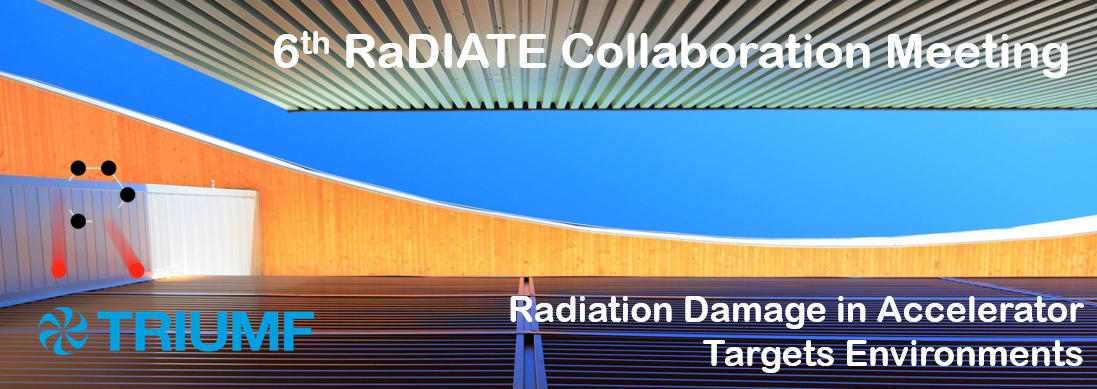Speaker
Mr
John Wong
(TRIUMF)
Description
Since the first discovery of a radioactive elements, expending the chart of nuclide has been essential for the fundamental of nuclear physic research and for many other disciplines including medicine. One common method to produce radioactive ion beams is using the Isotope Separation On-line technique in which target materials are irradiated with proton driver beams. The common materials for isotope production targets are refractory materials which combine short diffusion paths and high temperature resistively needed to promote the release efficiencies. However, the inevitable sintering process has a negative impact on short-lived isotopes due to grain growth and removal of pores, thus reducing the release efficiencies. Fabrication of nanofibrous target materials is a promising way to improve the RIB intensities for such high demand short-lived radioisotopes. Nano-SiC fibres have been successfully developed and are able to be operated at high temperature with the preservation of the nanostructures.

